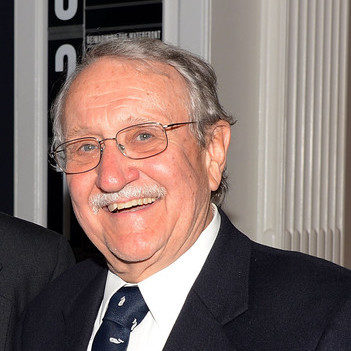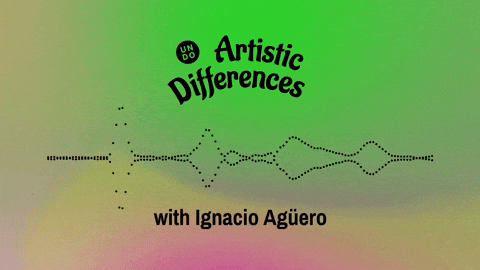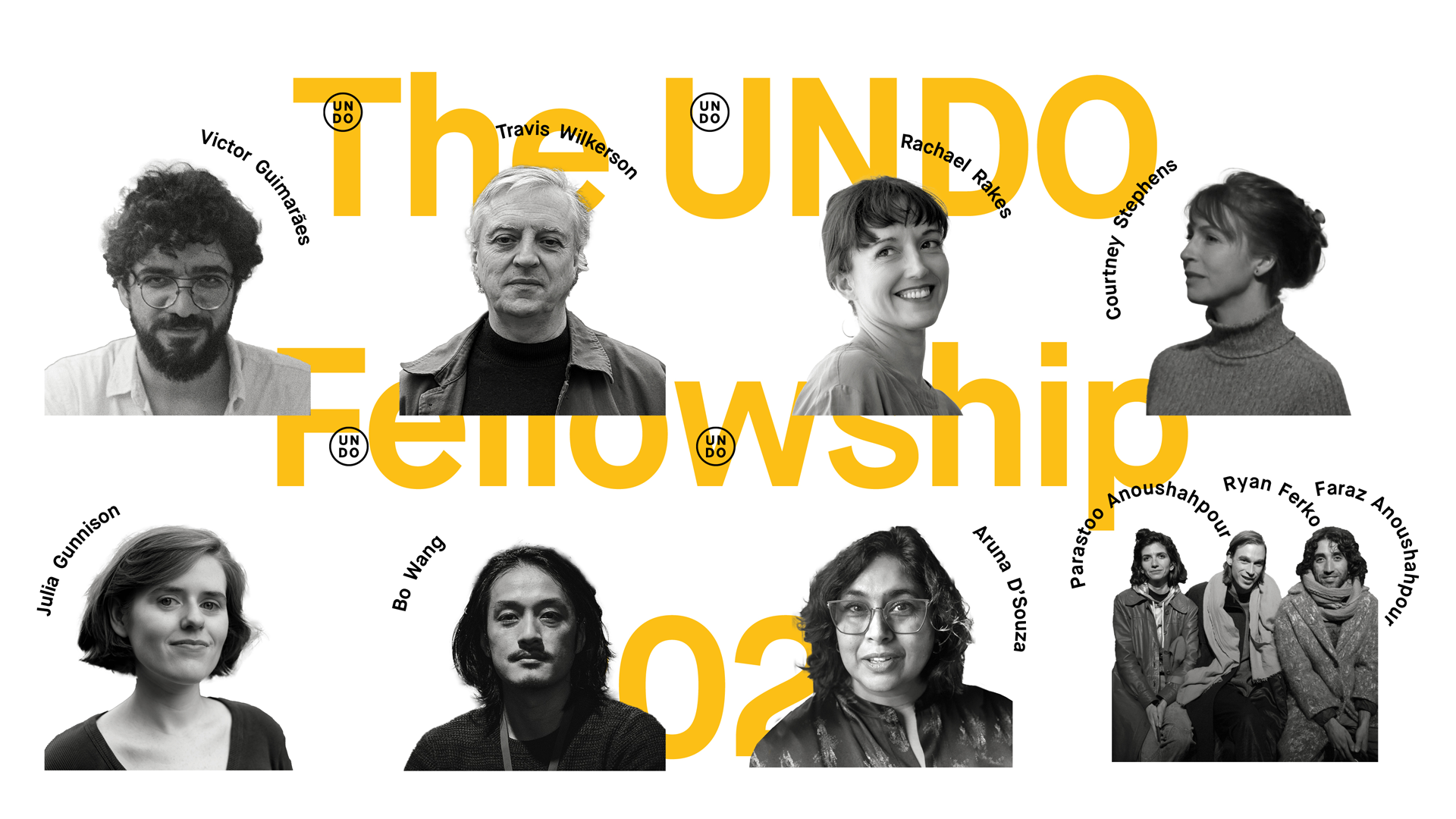Model Cities’ goal was to improve the quality of life in the nation’s most impoverished urban areas by coordinating federal funding and community participation. Despite the best intentions, however, the program’s implementation was rocky. By 1970 it was considered a problem, and in 1974 it was terminated. New York City had three Model Cities Neighborhoods—Central Brooklyn, the South Bronx, and Harlem–East Harlem—areas that today are once again highly contested in light of municipal planning policies.
Between the Word and the Deed
Commissioned in 1968 by the City of New York’s Model Cities Administration, Between the Word and the Deed… investigates the experience of community and advocacy planning in New York City’s three Model Cities Area. Filming took place over a two-year period and involved five camera people, but the final product was never shown. We premiered the film here in 2018 and are excited to share it again online at a time when civic engagement is on the rise.

Gordon Hyatt
Gordon Hyatt is an American writer and television producer. He has written and produced numerous documentaries for CBS, WNET, PBS, and TLC. Many of Hyatt’s documentaries focus on the culture, history, and future of New York City, including architecture, the modern art scene, and residential trends. His awards include a New York Emmy Award and a CINE Golden Eagle Award. Hyatt has also served as the secretary of the Municipal Art Society, was appointed to the Art Commission of the City of New York by mayor Ed Koch, and worked as the project director for the 150th Anniversary of the publication of Moby-Dick.
What is the Model City?
Find the event listing for the event in which we hosted this film in 2018, and see the transcript of the presentation and conversation between Gordon, Susanne and Rebecca Amato that happened after the program.
“This is one of those federal programs that kind of helped to rethink what cities could be in the 20th and 21st centuries. And it’s also little known. So we’re pretty excited to be talking about it.” – Rebecca Amato
Read the whole transcript here.





